Hind Leg Problems in Horses
Updated on 05/26/24
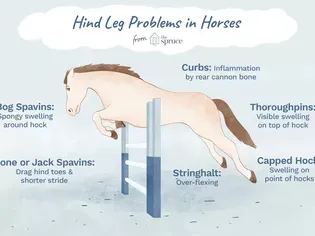
Unearthing the Enigma of Hind Leg Problems in Horses: A Comprehensive Guide
Introduction:
Hind leg problems are a prevalent concern among equestrians, often leaving owners baffled and horses in discomfort. Understanding the underlying causes, symptoms, and treatment options is crucial for ensuring the well-being of these majestic creatures. In this comprehensive guide, we delve into the enigma of hind leg problems in horses, empowering you with the knowledge and tools to effectively address these issues.
Common Hind Leg Problems:
* Hock Arthritis: A degenerative condition characterized by inflammation and damage to the hock joint. Symptoms include lameness, swelling, and stiffness.
* Knee Arthritis: Similar to hock arthritis, it affects the knee joint, resulting in lameness, joint swelling, and decreased mobility.
* Tendon and Ligament Injuries: Overuse, trauma, or conformational defects can lead to injuries in tendons and ligaments around the hind legs. Symptoms vary depending on the severity of the injury.
* Navicular Syndrome: A complex condition that affects the navicular bone in the hoof, causing pain and lameness.
* Laminitis: A serious condition that involves inflammation of the sensitive tissues within the hooves. Symptoms include severe pain, lameness, and a reluctance to move.
Recognizing Symptoms:
Early detection and prompt treatment are crucial for managing hind leg problems effectively. Here are key symptoms to watch out for:
* Lameness or stiffness
* Swelling or heat around the joints
* Reluctance to move or change gaits
* Changes in posture or gait
* Abnormal foot placement
* Pain upon palpation or manipulation
Diagnosis and Treatment:
Diagnosing hind leg problems requires a thorough physical examination and, in some cases, diagnostic imaging techniques like X-rays or ultrasound. Treatment options vary depending on the underlying cause and severity of the condition:
* Rest and Rehabilitation: Resting the affected leg and providing controlled exercise can help reduce inflammation and promote healing.
* Medications: Anti-inflammatory drugs or pain relievers may be prescribed to manage pain and inflammation.
* Injections: Joint injections with corticosteroids or other medications can provide temporary pain relief and reduce inflammation.
* Surgery: In severe cases, surgery may be necessary to correct conformational defects or repair injured tendons or ligaments.
* Lifestyle Management: Proper nutrition, weight management, and regular hoof care are crucial for preventing and managing hind leg problems.
Prevention and Management:
Proactive measures play a vital role in preventing and managing hind leg problems. Here are a few tips:
* Maintain a healthy weight and diet to reduce stress on the joints.
* Provide regular hoof care to prevent hoof imbalances and navicular syndrome.
* Gradually increase the intensity and duration of exercise to allow horses to adapt and build strength.
* Avoid extreme or repetitive activities that put excessive strain on the hind legs.
* Keep horses on soft, well-maintained surfaces to reduce the risk of injuries.
* Monitor horses closely for any signs of discomfort or lameness.
Conclusion:
Hind leg problems in horses can be a perplexing and challenging issue, but with the right knowledge and care, these conditions can be effectively managed. By understanding the common types, symptoms, and treatment options, you are well-equipped to provide the best possible care for your beloved equine companion. Remember, early detection and intervention are key to ensuring their well-being and preserving their athletic abilities.
Explore More Pets

Pony Breeds
The Difference Between Horses and Ponies

Horse Diseases & Conditions
What Do I Do If My Horse Colics?
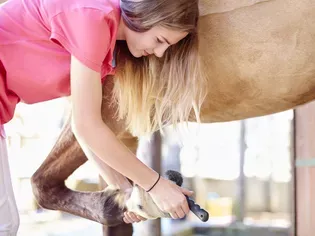
Pony Breeds
Horse and Pony Care by the Day, Week, Month and Year
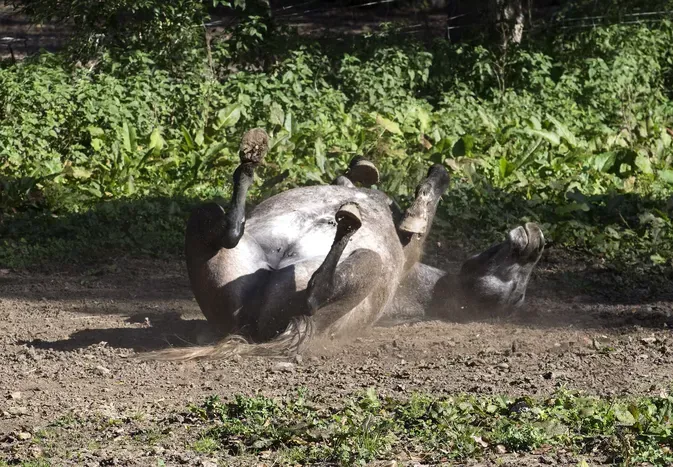
Horse Grooming
Mange in Horses
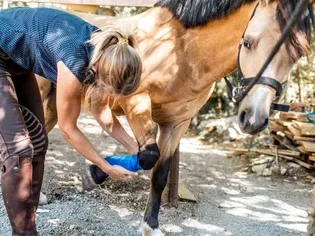
Horse Diseases & Conditions
Grease Heel in Horses

Light Horse Breeds
Gypsy Vanner Horse Breed Profile
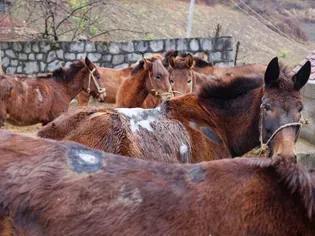
Horse Diseases & Conditions
Girth Galls and Saddle Sores
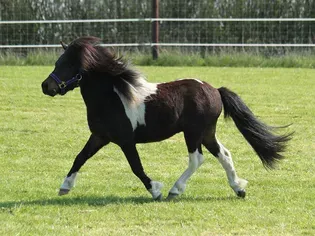
Pony Breeds
Shetland Pony Breed Profile
